Plastic Molding Manufacturing Companies

Fiberglass Fabricators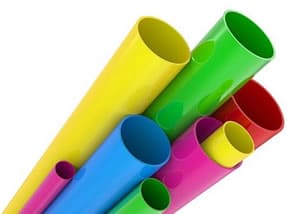
Injection Molded Plastic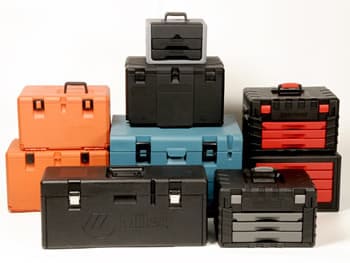
Plastic Blow Molding
Plastic Dip Molding
Plastic Extrusions
Plastic Molding Processes
Plastic processes differ greatly in both the way they form plastic products and in the shape and structural integrity of the products they manufacture. Blow molding, for example, is nearly the sole method by which plastic bottles for beverages, household cleaners, and cosmetic products are made, as well as a range of low-cost toys and parts with low to medium performance. The extrusion process creates linear profiles, strips, and sheets with high structural integrity useful in many construction siding, trim, and furniture applications. Vacuum forming, or thermoforming, forms trays, linings, and thin plastic packaging from heated plastic sheets, while dip molding forms a variety of soft molds and plastic coatings. Other plastic molding processes use casts, or dies; injection molding squeezes melted (or plasticized) plastic resin into a closed mold, forming a solid plastic object, while rotational molding uses a type of gyroscope to evenly coat the inside of a mold, creating hollow parts with high impact resistance.
Plastic molding processes vary greatly in cost. High-end plastic molding processes, such as rotational molding and injection molding, provide precision three-dimensional plastic parts with structural integrity and impact resistance a few other processes or materials can provide. On the other end of the spectrum, blow molding and dip molding processes offer very affordable options for long runs and mass production of containers and household commodity items. A wide range of plastic materials is molded through these processes, although some processes are more effective with certain polymers than others.






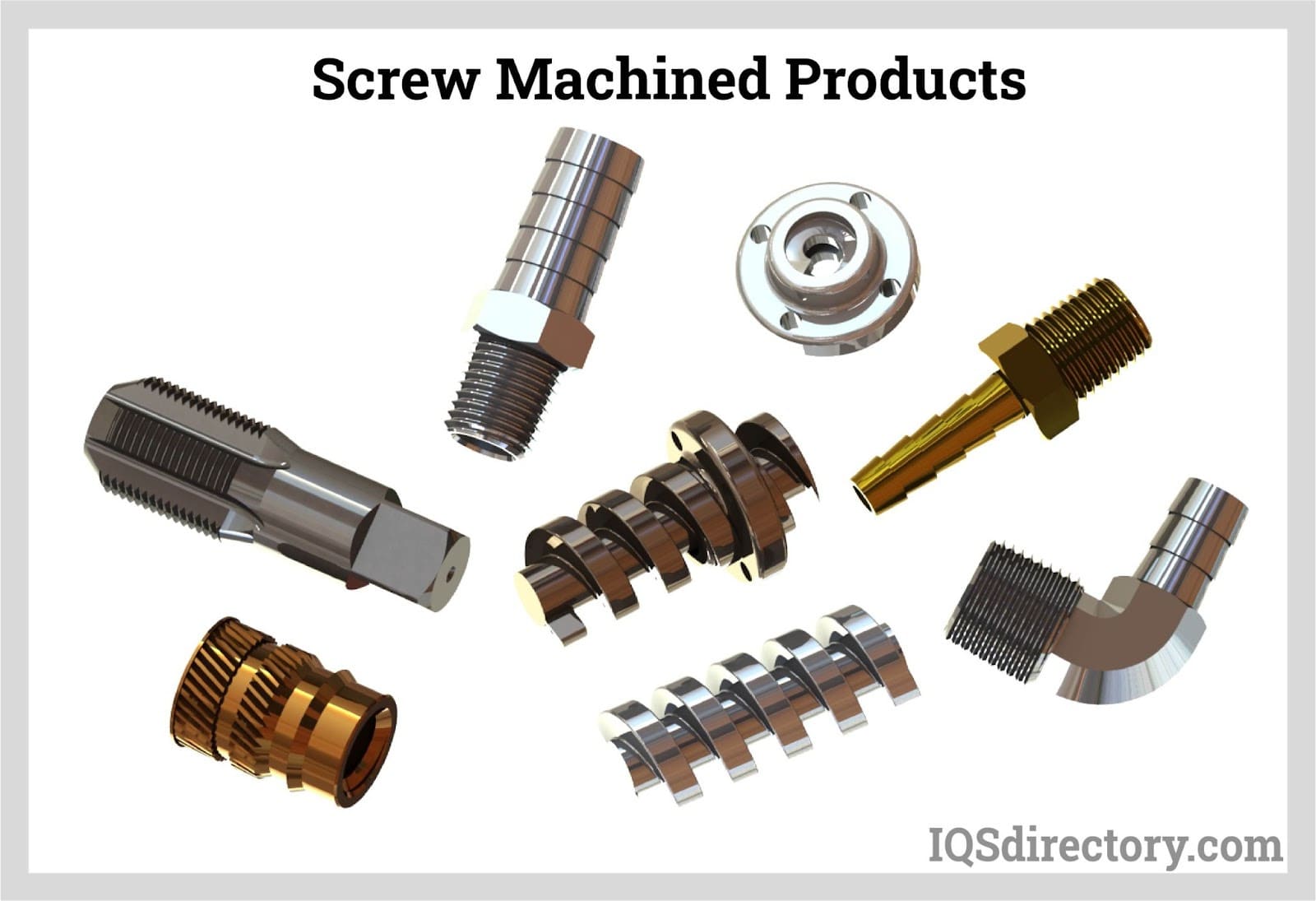


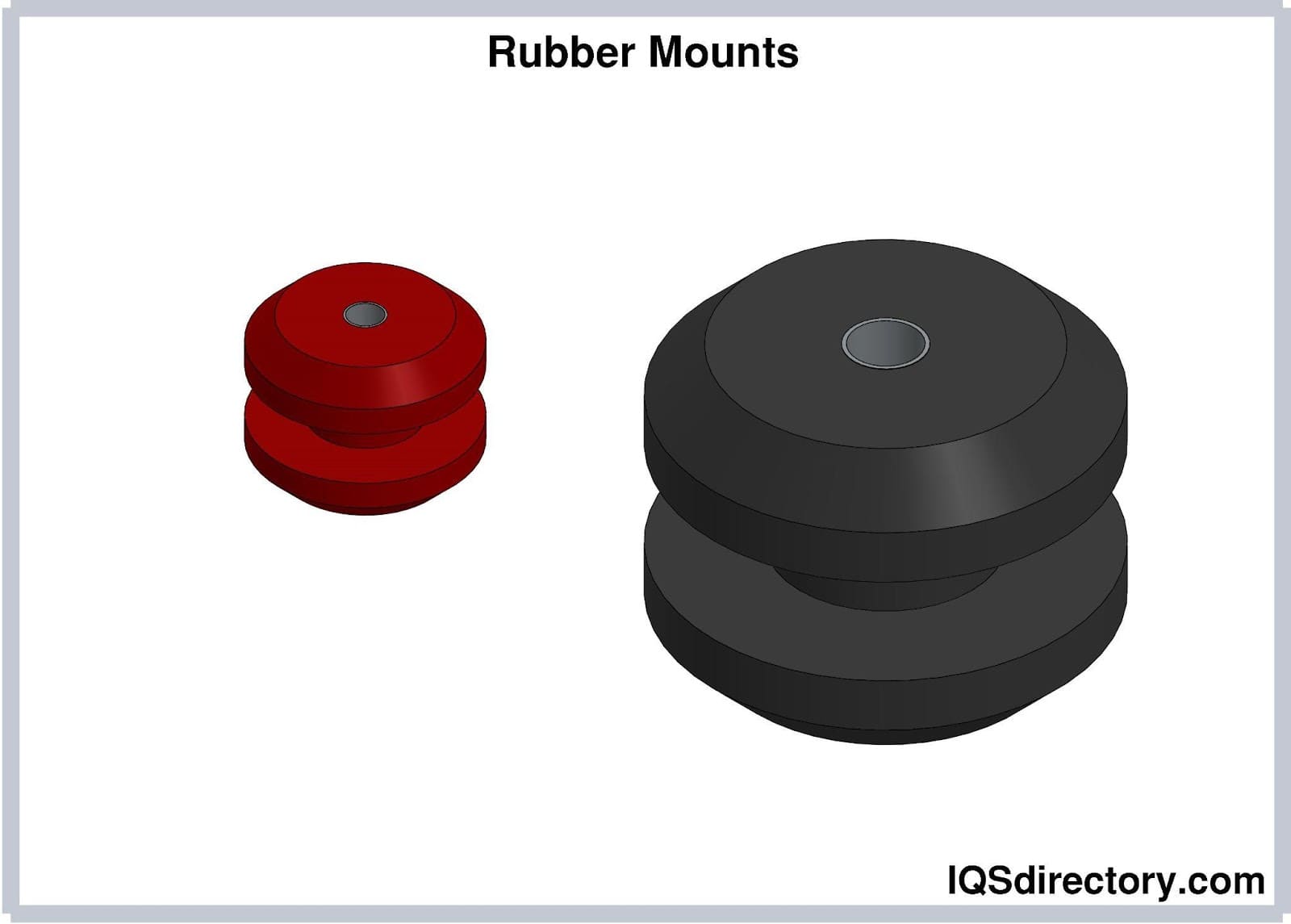



 Aluminum Extrusions
Aluminum Extrusions Broaching
Broaching CNC Machining
CNC Machining Expanded Metals
Expanded Metals Laser Cutting
Laser Cutting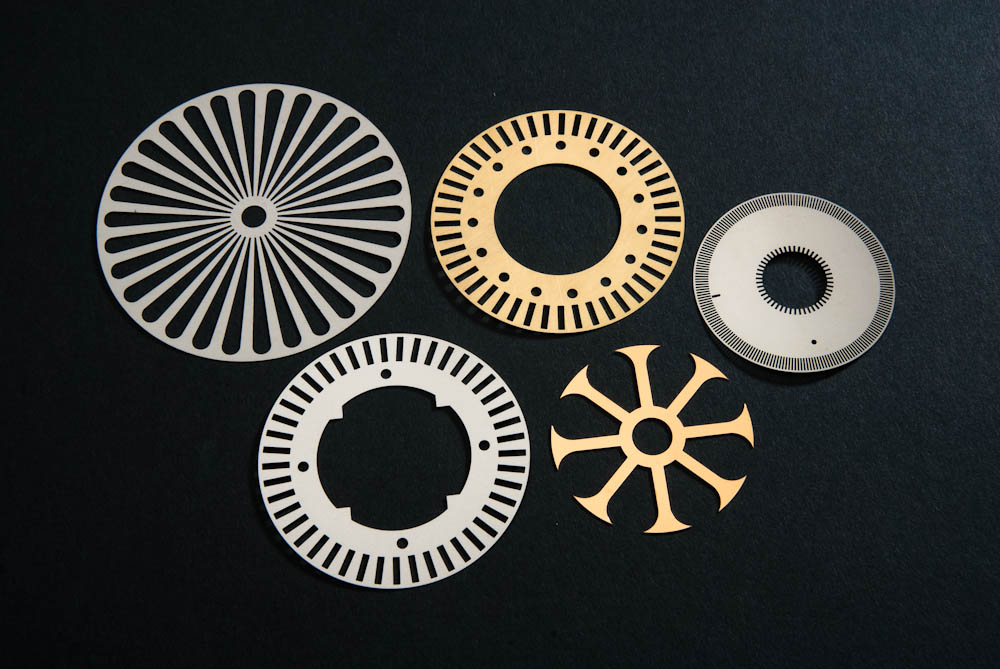 Metal Etching
Metal Etching Metal Fabrication
Metal Fabrication Metal Stampings
Metal Stampings Perforated Metals
Perforated Metals Screw Machine Products
Screw Machine Products Sheet Metal Fabrication
Sheet Metal Fabrication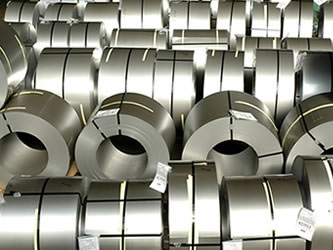 Steel Service Centers
Steel Service Centers Tube Fabrication
Tube Fabrication Water Jet Cutting
Water Jet Cutting Castings & Forgings
Castings & Forgings Bulk Material Handling
Bulk Material Handling Electrical & Electronic Components
Electrical & Electronic Components Flow Instrumentation
Flow Instrumentation Hardware
Hardware Material Handling Equipment
Material Handling Equipment Metal Cutting Services
Metal Cutting Services Metal Forming Services
Metal Forming Services Metal Suppliers
Metal Suppliers Motion Control Products
Motion Control Products Plant & Facility Equipment
Plant & Facility Equipment Plant & Facility Supplies
Plant & Facility Supplies Plastic Molding Processes
Plastic Molding Processes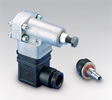 Pumps & Valves
Pumps & Valves Recycling Equipment
Recycling Equipment Rubber Products & Services
Rubber Products & Services